Data Monetization
One of the characteristics of Industry 4.0 technologies such as Internet of Things is the volume of data it has put into the hands of businesses. The data available is not only generated from within the various operations of the company but also external data that can be tapped for gaining insights and help make informed decision for improving the overall efficiency of the organization.
According to one estimate, newly created data volume alone was expected to be in 35 zettabytes (35 trillion gigabytes) in 2020 but reached 33 zettabytes in 2018. Now data is predicted to grow to 175 zettabytes (175 trillion gigabytes) by 2025.
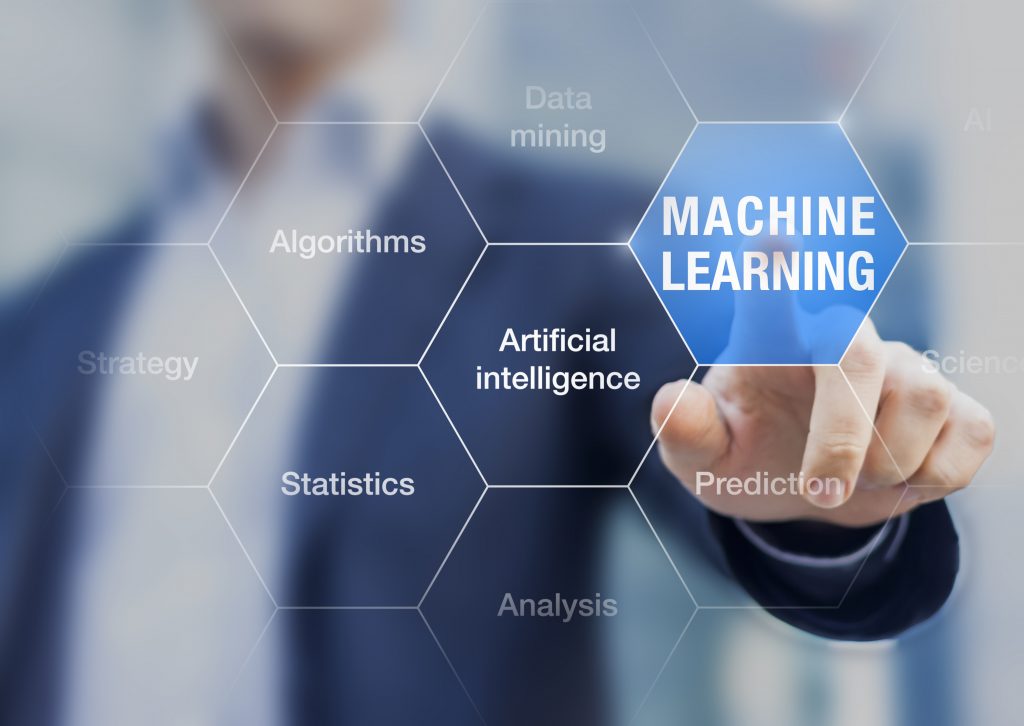
Growth Drivers for Data Monetization
While data is useful internally for an organization to gain insights that can help with making informed decisions, data can also be monetized for generating measurable economic benefits. Gartner defines data monetization as, “…the process of using data to obtain quantifiable economic benefit.”
With increasing competition, faster time to market, improving customer service, enhancing efficiency and productivity, the market is ripe for picking. Access to larger volume of data combined with lower cost of data storage is driving demand for data monetization such that a MarketsandMarkets report estimates the market size for data monetization to grow at a Compound Annual Growth Rate (CAGR) of 21.7% from USD 2.3 billion in 2020 to USD 6.1 billion by 2025.
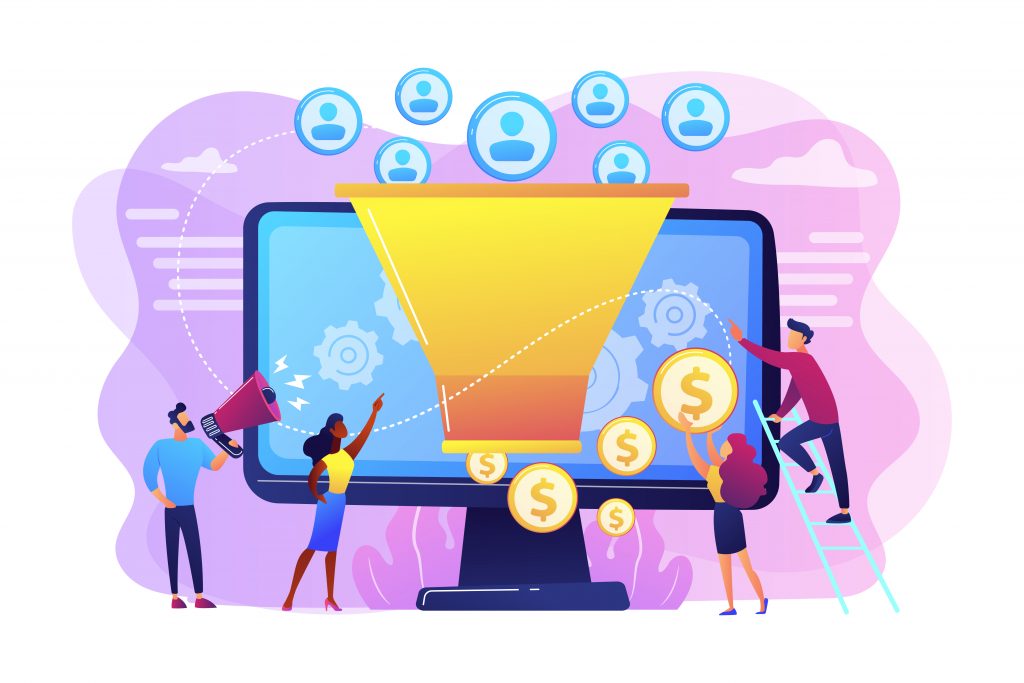
Why Monetize Historical Data
Data is of two types – the current, live or real-time data which is captured as events unfold. And the other is historical data, such as old sales reports, press releases, log files, project and product documentation, email and other communications, and financial reports that are generated either manually or automatically in an enterprise.
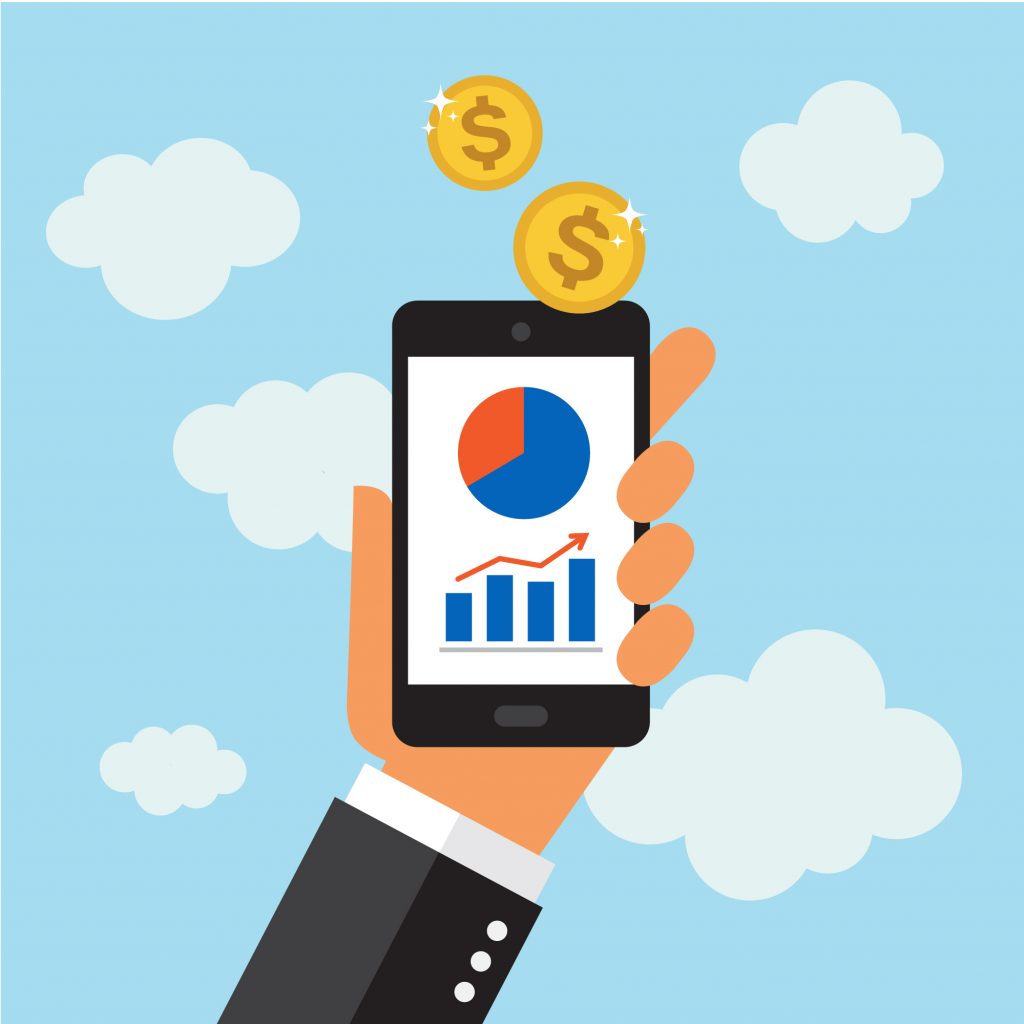
Together, they enable predicting future trends and improving sales and marketing performance. Some of the key areas where historical data can help include:
- Customer Satisfaction: Businesses can observe customer preferences and buying trends to develop products and features to improve customer satisfaction.
- Targeted Marketing and Campaigns: Tracking customer behavior and preferences can also help organizations decide on the product mix, pricing and promotional campaigns to create focused campaigns and communications for greater conversion of interest to sale.
- Forecasting Trends: Past data can enable the creation of data models and prediction of future trends to formulate strategies across functional areas to improve efficiency, productivity as well as profitability.
- Improving Competitiveness: Improvedefficiencies, lower wastage and enhanced quality of products and services to be ahead of competition are some of the other benefits.
- Making Informed Decisions: Instead of relying on gut feeling, decisions can be backed up with data to identify areas that need greater attention and develop relevant strategies. With constant monitoring of trends, changing course to suit the new findings is also easier.
How to Monetize
Data is available in multiple formats, numeric, textual, audio, video and images. It is structured and unstructured. Then the volume is also so enormous and growing. Digital transformation technologies are able to utilize it well by drawing insights from any format, any volume, improving the value of data. However, to successfully do that, businesses must do the following:
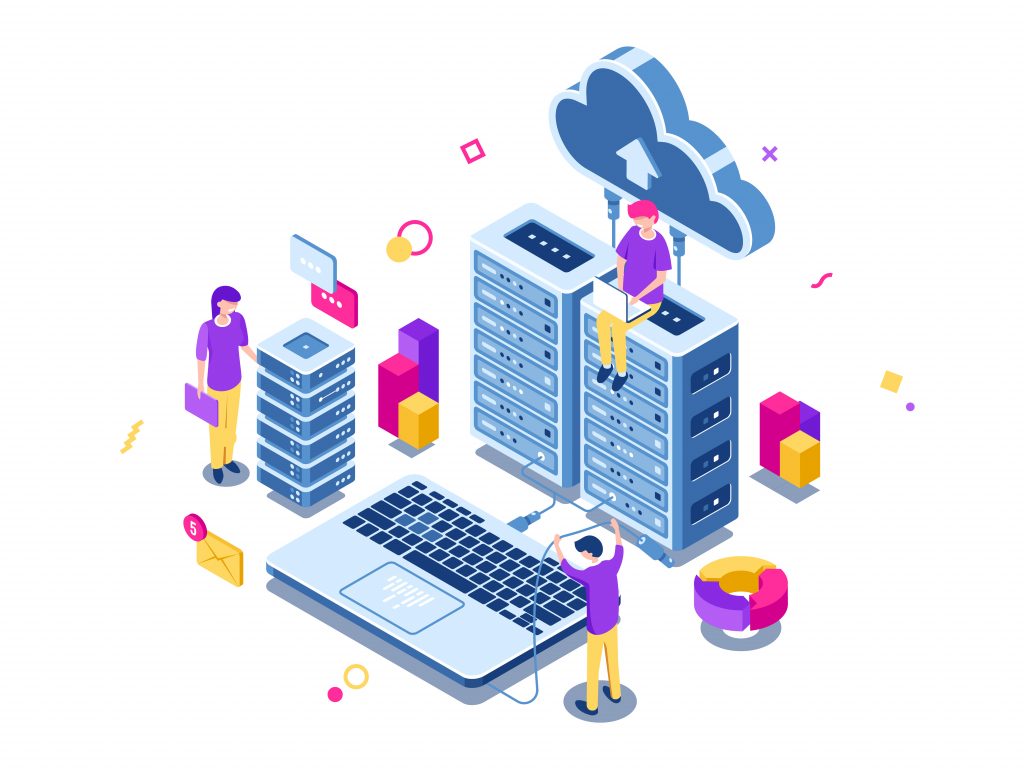
- Data Storage: Proper storage, classification and retrieval processes are essential for the data to serve the purpose and become valuable.
- Creating Meta Data: Summarizing the kind of data, its quality, where it is stored and what it can be used for is important to identify and enhance the value of proprietary data. This can help determine whether the data will improve efficiencies internally or can be used to generate additional stream of revenue.
- Integrate Data Monetization into Business Strategy: Data monetization is not an afterthought but an integral part of strategy and needs to be embedded in the decision-making process. Establishing business goals and strategic initiatives with an understanding of how data can support them is crucial to build the right structures and cross-functional teams to meet those objectives.
- Be Agile and Innovative: The data can reveal a wealth of opportunities to innovatively use existing resources for new revenue streams. It needs a certain willingness to explore and be agile in developing new strategies on the go.
- Communicate and Create Awareness: It is still a greenfield and needs business leaders to communicate its potential and importance to internal and external stakeholders to help them understand the value data delivers. Empowering employees with tools to use the data to improve their areas of operations and sharing success stories to encourage them will go a long way in employee buy in.
Types of Monetization
Data monetization can take many forms, sometimes more than one form too. Here is a quick list of some of the ways in which businesses can derive value from their data:
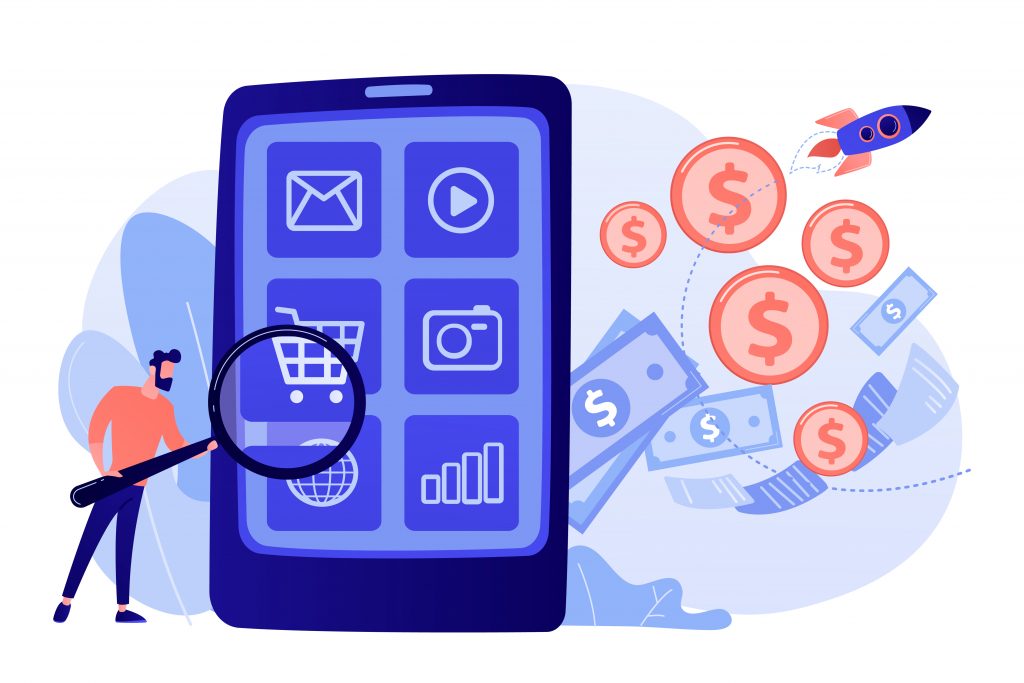
- License Data or Insights: Data is a product and can be licensed to others on data marketplaces and exchanges. For those who prefer insights rather than raw data, creating a value-added service around raw data to suit different business needs will be an added benefit. A third option is to provide consultancy service by enabling organizations to integrate organizational data or other external data with their internal ones.
- Exchanging Data for a Benefit: Discountsfor loyalty card is an example of how businesses exchange goods and services for data in the retail world. In B2B transactions, contract terms can be favorably negotiated by sharing sales, supply data or forecasts.
- Accessing External Data to Enhance Products or Services: Embedding data and analytics into products or services by accessing external data sets can enhance their value and improve competitiveness.
- Data-Driven Digitalization of Existing Products or Services: Instead of merely embedding data into products, digitalization further enhances their performance capabilities. Though this might require redesigning the products or services, the value it delivers to the customer and the resultant benefits can outweigh the costs.
Challenges
Access to data and storing them are the initial stages of data monetization. The hurdles businesses will face when trying to monetize include:

Quality
For data to be effective and meet the desired objective, it needs to be accurate, complete, consistent, reliable and up to date.
Security
There are stringent requirements for data security to protect stakeholder interests. Therefore, data governance and security play a crucial role in data management.
Standardization
Data is accessed from different sources, stored in different places and needs to be pulled into a standardized format for the purpose of generating reports and analytics. It needs tools to create interfaces that will aggregate the data into a single platform to enable monetization.
Tools for Data Monetization
To enable standardization of data formats and ensure the quality of data for effective data monetization, businesses will need data scientists to study the data and develop methods for recording, storing, and analyzing it effectively.
For businesses looking at monetizing insights, analytics and visualization capabilities to process data sets and create graphs and charts that can facilitate an understanding of trends will be important.
Analytics Genie is a analytics marketplace that provides you with access to data and analytics solution providers who can work closely with you to understand your data, its potential and enable you to monetize it based on your objectives and goals. Our non-intrusive tool enables you to assess our large vendors with specialized capabilities to find out your ideal partner. Contact us now to find out more.
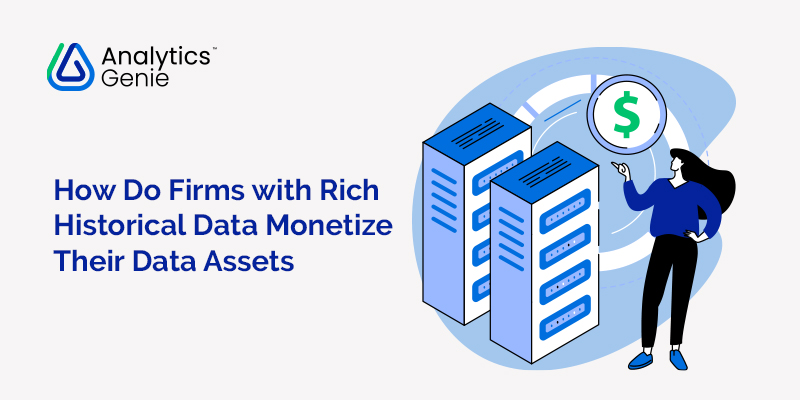
Leave a Reply